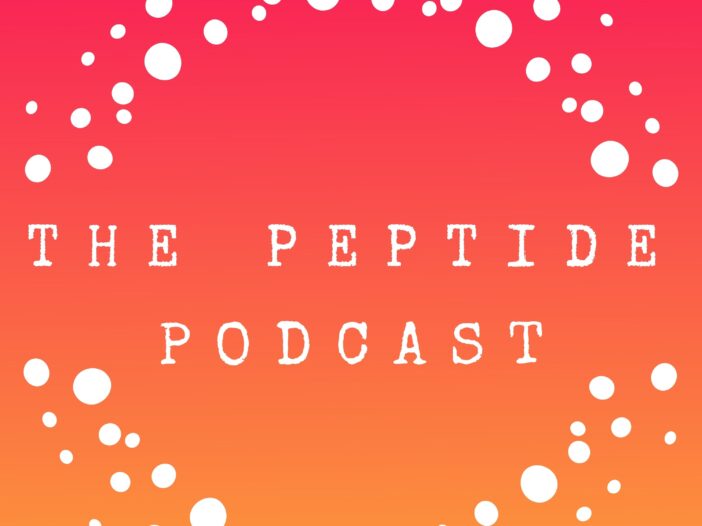
Peptide therapies, known for their diverse range of medical applications, are often administered through injections rather than oral pills or liquids. This stems from several important factors that influence the effectiveness and reliability of these treatments and patients’ specific needs and preferences.
Today, we’ll talk about the difference between oral and injectable peptide therapies and when to use them.
Peptide Structure and Digestive Process
To understand why one would use an injectable peptide therapy over an oral peptide therapy, we must first go over the digestive process and how pills work.
Complexity of Peptides: As a reminder, peptides are made of linked amino acids, forming chains that vary in length and structure. When administered orally, peptides face challenges in surviving the harsh environment of the digestive system.
How do oral pills work?
When you swallow a pill, it goes to your stomach and intestines. It’s then broken down by your digestive system and enters your bloodstream.
When you swallow an oral peptide, it undergoes the “first pass effect .”This is when the body breaks down (metabolizes) a medication before it starts working. This typically happens in the liver but can also occur in the digestive system. When the oral peptide is broken down, its original concentration (amount) is decreased. Because of this, only some of the peptides in pill form enter your bloodstream.
Peptides given via injection avoid the first pass and enter the bloodstream directly. When this happens, a higher concentration of the intact peptide reaches the bloodstream and is more predictable and potent.
Digestive Enzymes: Digestive enzymes break down food to absorb the nutrients our bodies need. The three main digestive enzymes break down fats, carbohydrates, and proteins.
Proteases in the stomach and intestines break down proteins, including peptides, into their constituent amino acids. Because of this, oral peptides are broken down and rendered ineffective before they reach the bloodstream.
Peptides administered through injections are more stable in their original form since they are not exposed to the digestive enzymes that can break them down.
Dosage Control: Injectable peptide therapies offer better dosage control than oral administration. Injections allow healthcare providers to administer the required dosage precisely, ensuring consistent and controlled therapy. This is extremely important for therapies requiring individualized dosing or specific amounts for optimal effectiveness.
Advancements in Oral Delivery: Despite the current preference for injectable peptide therapies, ongoing research focuses on developing innovative methods for effective oral peptide delivery. Encapsulation technologies, protective coatings, and specialized formulations aim to overcome the challenges of oral administration, potentially improving bioavailability and efficacy.
Keep in mind: People dealing with chronic issues like gastrointestinal (GI) problems or those seeking long-term maintenance and support for overall health might prefer the oral form of specific peptide therapies. It is more convenient and non-invasive than injections. Still, it may be more cost-effective for prolonged use in some instances.
A great example of this is BPC 157. It’s stable in human gastric juice for 24 hours. People taking it for gut health may prefer to take it orally. And those suffering from acute injury (muscle, tendon, or ligament injury) may want to use the injectable form when quicker healing and recovery is desired.
Thanks again for listening to The Peptide Podcast. We love having you as part of our community. If you love this podcast, please share it with your friends and family on social media, and have a happy, healthy week!
Pro Tips
We’re huge advocates of using daily greens in your routine to help with gut, skin, nail, bone, and joint health. We take AG1 (athletic greens) every day. It has vitamins, minerals, a diverse range of whole-food sourced ingredients, and probiotics to promote a healthy gut microbiome and adaptogens to help with focus and mood balance. It’s vegan, paleo, and keto-friendly.
Leave a Reply